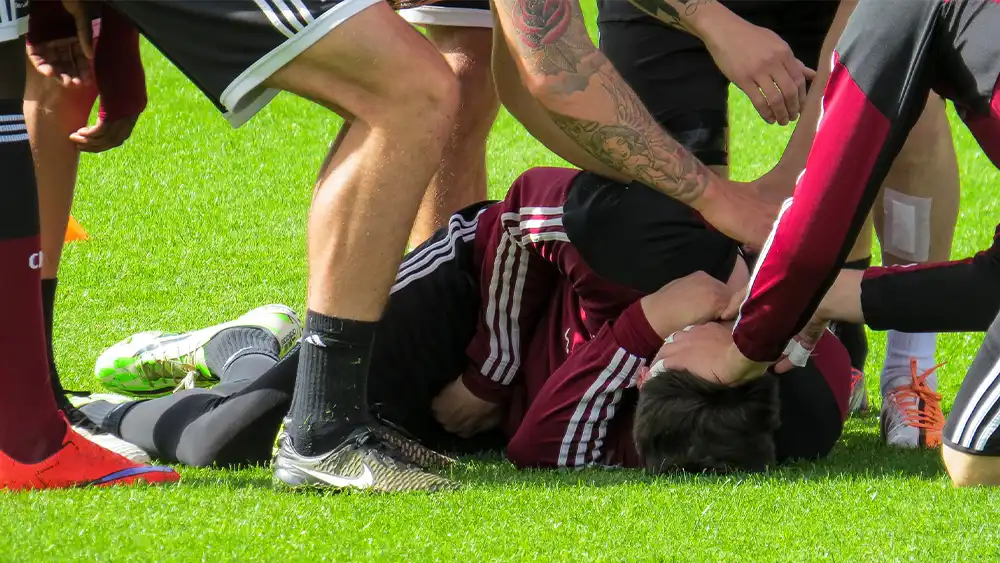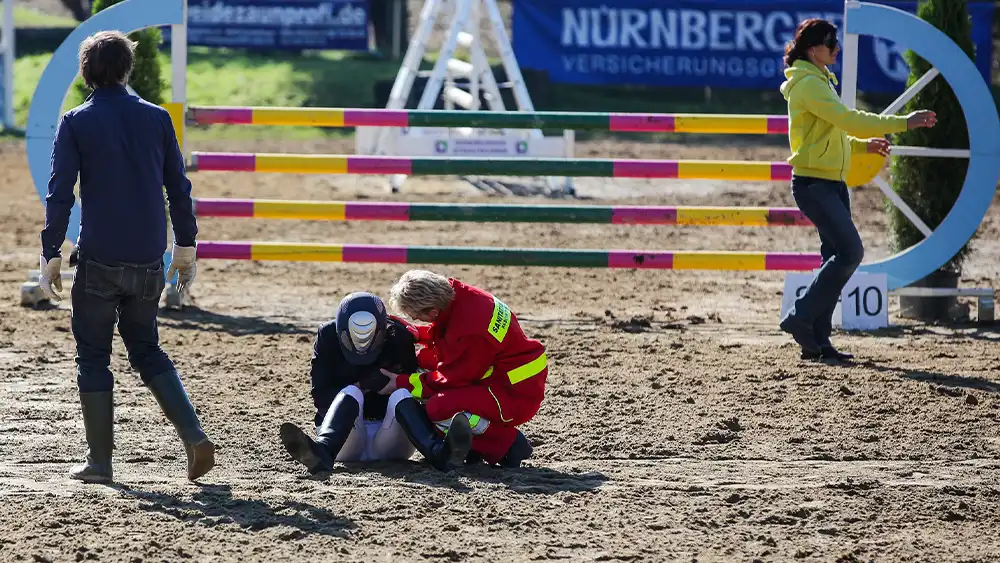Most Common Sports Injuries and the Importance of Early Treatment

Sports injuries may happen to anybody, including elite players and weekend warriors. While engaging in any physical activity provides numerous health benefits, it’s important to be aware of the risk of injuries that come with it. Early recognition and treatment of these injuries are crucial for a swift recovery and prevention of further damage. This blog explores the four most common sports injuries and emphasizes the importance of addressing them promptly to ensure a healthy return to your favorite activities.
1. Shoulder Injuries
Shoulder injuries are among the most common issues encountered by athletes and fitness enthusiasts alike. These injuries can range from mild strains and sprains to more severe conditions such as rotator cuff tears or dislocations. The shoulder is a highly flexible joint, allowing for a wide range of motion, but this also makes it susceptible to injuries caused by repetitive movements, overuse, or direct impact. If we go to www.kevinkrusemd.com we can see that symptoms often include pain, reduced range of motion, and weakness in the arm, which can significantly hinder athletic performance and daily activities. Early diagnosis and treatment are essential to prevent chronic problems. Rest, ice, physical therapy, and in some cases, surgery, may be required to restore full shoulder function and allow for a return to sports.
2. Fractures

Fractures are the most common sports injury that occurs when a bone breaks due to high-impact forces or stress. Athletes in contact sports like football and rugby, as well as those participating in high-speed activities such as skiing and cycling, are particularly vulnerable to fractures. These injuries can range from simple cracks to complete breaks that penetrate multiple layers of bone tissue. Immediate symptoms of a fracture usually include intense pain, swelling, bruising, and an inability to move the affected area. In some cases, the bone may visibly protrude, known as a compound fracture.
Prompt medical attention is necessary to accurately diagnose the severity of the fracture and initiate appropriate treatment. Treatment typically involves immobilization of the injured area with a cast or splint, allowing the bone to heal correctly over time. Physical therapy is often recommended post-recovery to restore strength and flexibility.
Advanced cases might require surgical intervention to realign and stabilize the broken fragments. To reduce the risk of fractures, athletes should always use appropriate protective gear, engage in strength training to support bone health, and follow proper techniques. Recognizing the early signs of a fracture and seeking timely treatment is essential for minimizing recovery time and preventing long-term complications.
3. Knee Injuries
Knee injuries are prevalent among athletes and can significantly affect mobility and performance. The knee is a complex joint made up of bones, cartilage, ligaments, and tendons, all of which can be injured through direct impact, twisting motions, or repetitive stress. Common knee injuries include ligament tears like the ACL (anterior cruciate ligament), meniscus tears, and tendonitis. Symptoms often manifest as pain, swelling, stiffness, and difficulty bearing weight on the affected leg.
Early assessment by a medical professional is crucial to determine the extent of the injury and to outline an effective treatment plan. Initial management may involve rest, ice, compression, and elevation (RICE), along with physical therapy to regain strength and flexibility.
In some instances, especially with severe ligament or meniscus tears, surgery may be required to repair the damage. Preventative measures, such as wearing suitable footwear and engaging in exercises that strengthen the muscles around the knee, can help reduce the risk of injury. Early intervention and appropriate rehabilitation are key to ensuring a full recovery and resuming physical activities safely.
4. Tendonitis and Overuse Injuries
Tendonitis and overuse injuries are common among athletes who repeatedly engage in specific movements or activities. Tendonitis occurs when the tendons, which connect muscle to bone, become inflamed due to excessive strain. Most frequently affecting the elbows, wrists, shoulders, and knees, tendonitis can lead to pain, swelling, and a diminished range of motion. Overuse injuries develop gradually over time, often a result of inadequate rest and recovery, improper technique, or rapid increases in training intensity.
Recognizing the onset of these injuries is crucial to prevent more severe damage. Initial steps to address tendonitis and overuse injuries include reducing activity levels, applying ice to decrease inflammation, and upholding a routine that includes stretching and strengthening exercises tailored to the affected area. Consulting with healthcare professionals for tailored therapeutic interventions can aid in recovery, and incorporating rest periods into training regimens is vital for preventing recurrence. Emphasizing proper form and allowing sufficient recovery time are imperative strategies for athletes seeking to avoid these pervasive sports injuries.
Conclusion:
Sports injuries, while often unexpected, are an inherent risk of physical activities. By understanding the four most common types of injuries—shoulder injuries, fractures, knee injuries, and tendonitis—athletes can take proactive steps to reduce their likelihood and pursue timely treatments when necessary. Early diagnosis and interventions are critical not only for efficient recovery but also for preventing persistent complications. Whether you’re a professional athlete or enjoy recreational sports, prioritizing safety, using proper techniques, wearing appropriate gear, and incorporating regular rest and recovery in your routine are essential for maintaining long-term health and performance.

news via inbox
Sign up and never miss out on the latest news and updates at HighStuff




